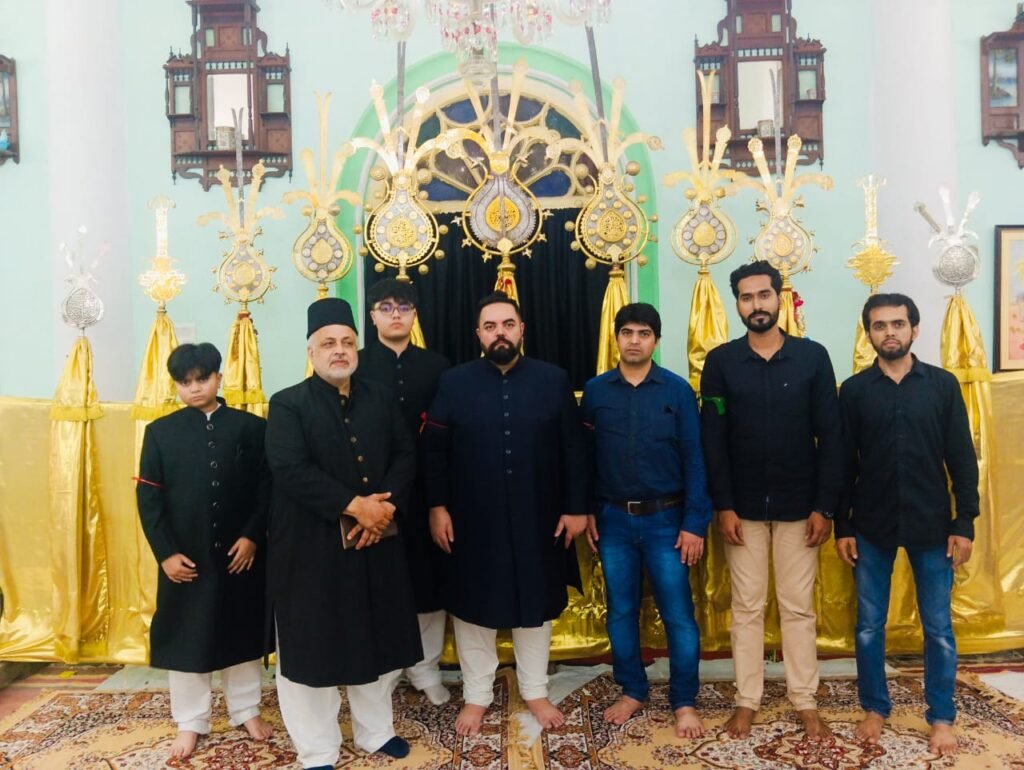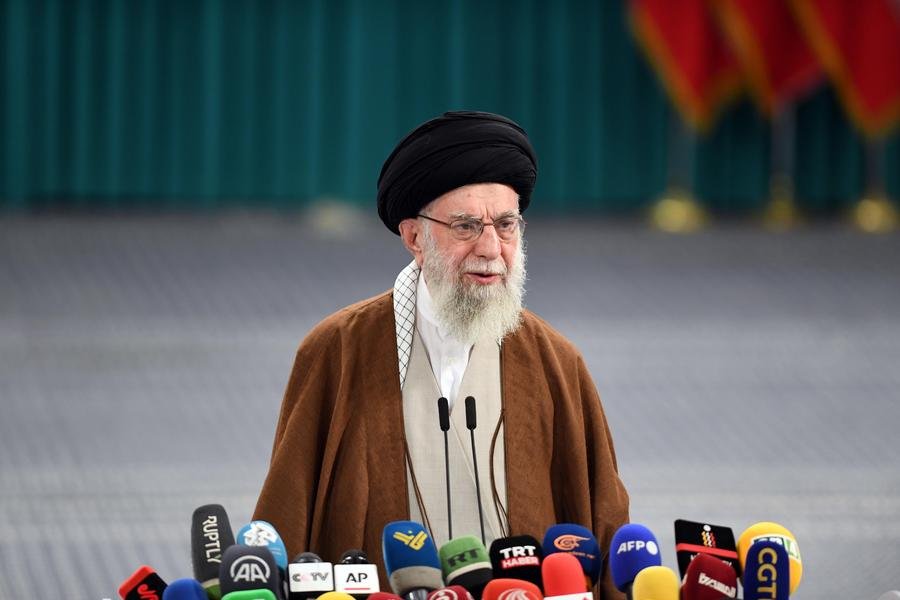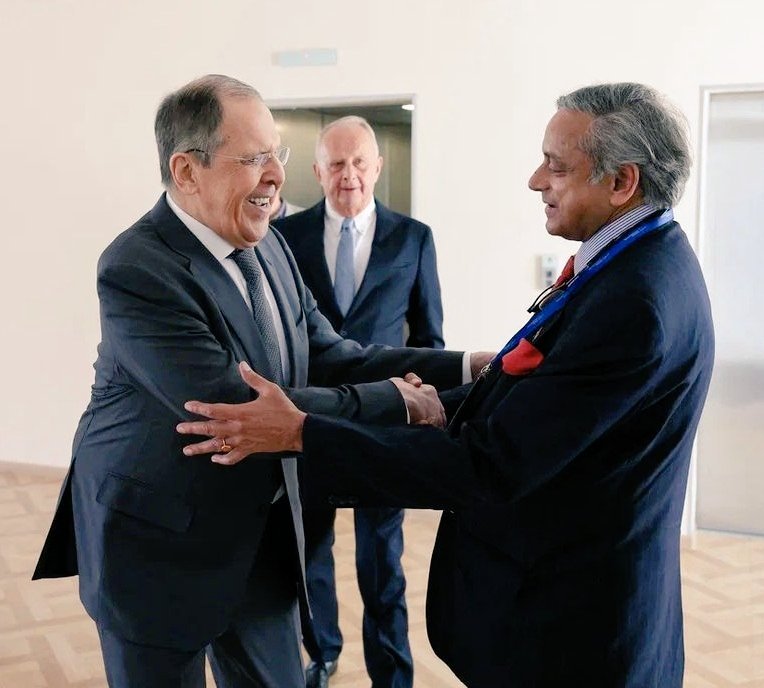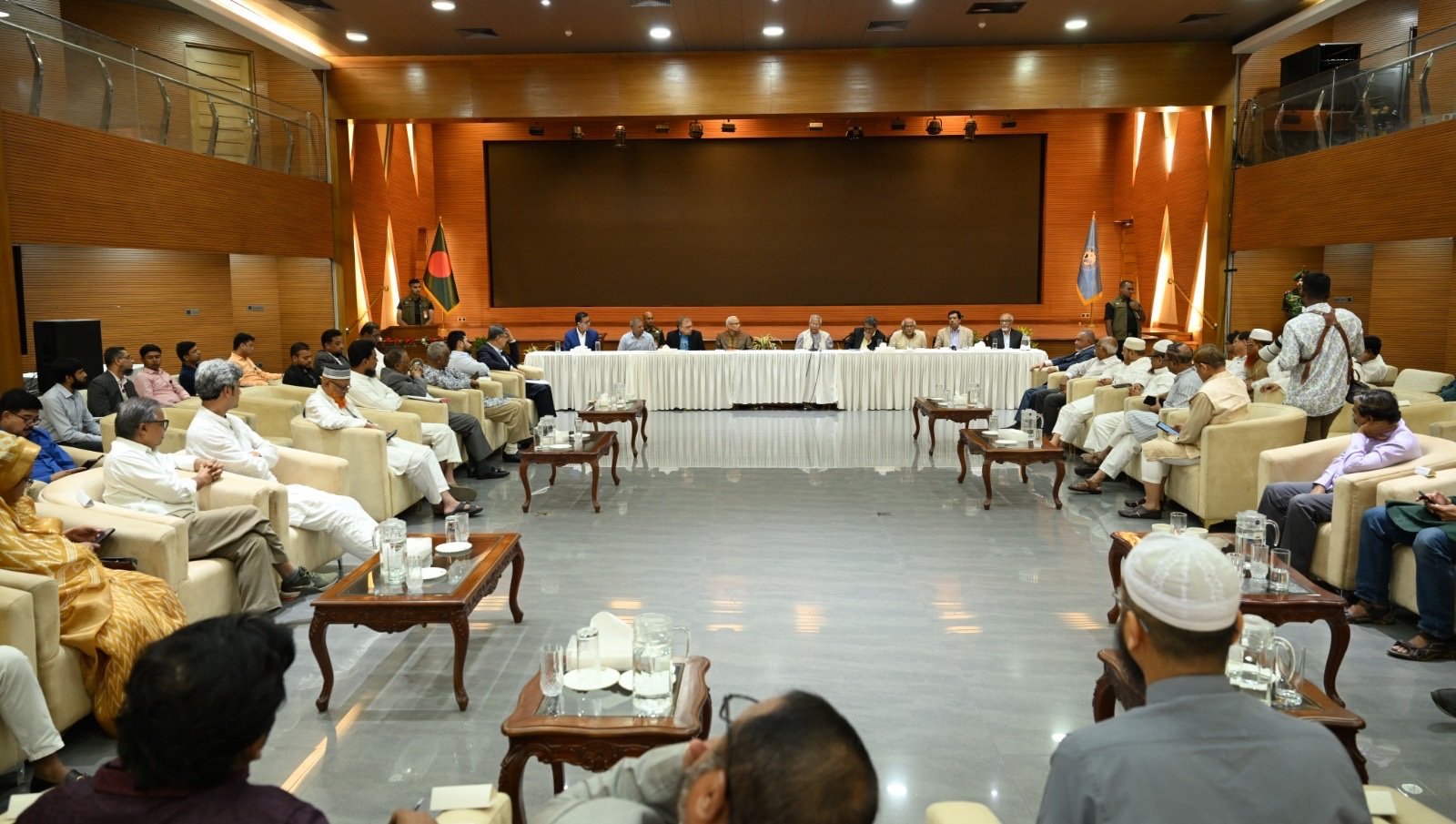Najam e Sani dynasty attracts thousands of Muharram mourners annually
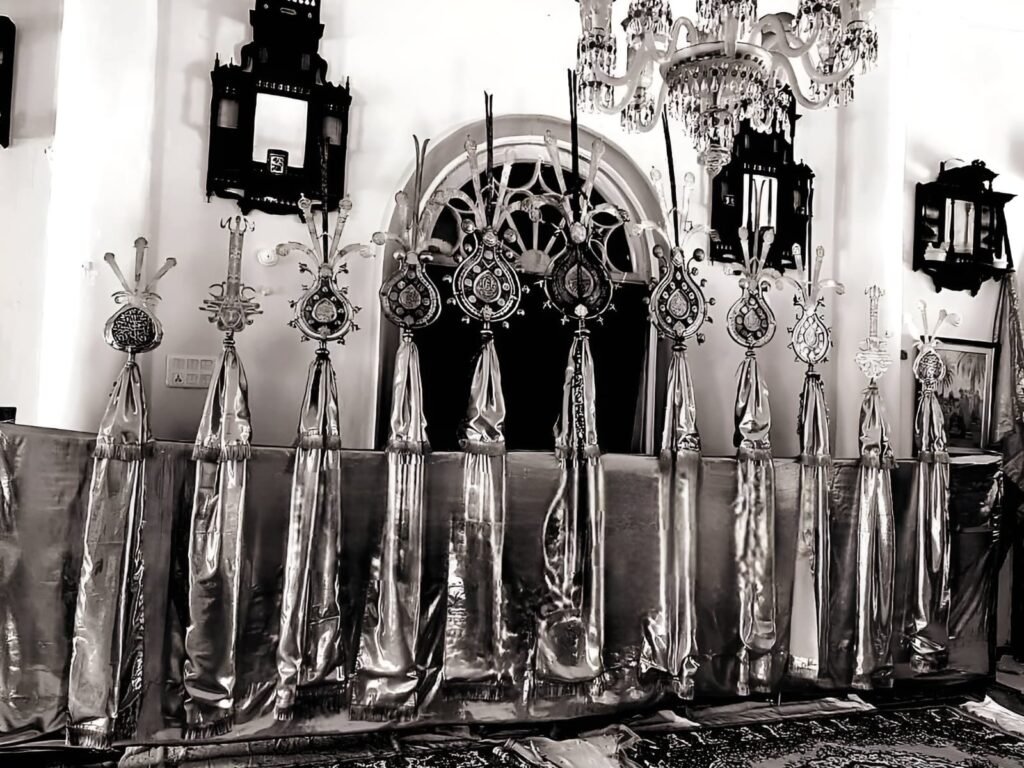
By Aun Mehdi
Nizams of the Deccan, Facebook
(RAHNUMA) HYDERABAD : Kothi Shamsher Jung Bahadur, a majestic legacy of the Najam e Sani dynasty, stood outside Yakutpura gate of the walled city of Hyderabad. The family’s name was synonymous with prestige, establishing themselves as Nawabs of Banganapalli and Chenchelimala in Kurnool.
In the 19th century, Mustafa Ali Khan, the Nawab’s nephew, and his uncle, Muzzafar ul Mulk Mir Asad Ali Khan, migrated to Hyderabad in view of an imminent danger of annexation by Tipu Sultan. Mustafa Ali Khan was honored with the titles Shah Yar Jung, Shah Yar ud Daula, and Shah Yar ul Mulk, becoming the head of Hyderabad’s Banganapalli lineage. The last of the series of Shamsher Jung to inhabit this haveli was Mir Ali Mohammed Khan Bahadur, a distinguished Barrister-at-Law.
Within the sprawling grounds of Kothi Shamsher Jung’s Baradari, the revered Alam e Mubarak, or Battle Standards of Imam Hussain are enshrined. The majestic Ashurkhana over centuries old, is a breathtaking spectacle. Its grandiose arches, lofty roof, and elevated plinth, accessible by a flight of stairs, transport visitors back in time, evoking a sense of nostalgia and awe.
This family had the special distinction among the handful nobles who had the honor of sitting behind H.H the Nizam in his personal Amari (covered seat tied on the back of elephant).
Shamsher Jung and his ancestors, like other Shia nobles, dedicated their noble relics to the Ashurkhana, demonstrating their veneration.
The Chowki of Alam e Mubarak is flanked by Mahi (royal insignia of the fish introduced by Taimur, highest distinction reserved only for the royalty and persons of outstanding merit), Aftabgir (sun screen), Naiza (lance) and chhatar (parasol) is a manifestation of committing their progressive ranks to the blessings of Ahlul Bayt (Household of the Prophet) and only Naqqara or announcement by kettle drum disappeared over time.
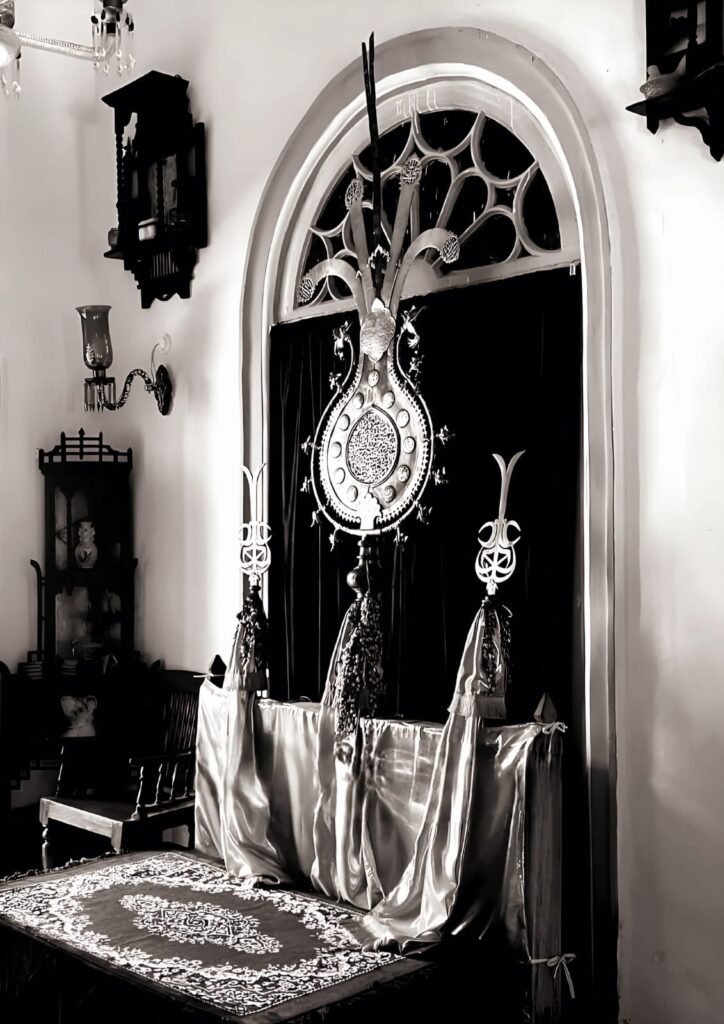
In the month of Muharram, the Baradari transforms into a sacred space for spiritual reflection and remembrance. Renowned religious scholars ascend the pulpit to deliver sermons, imparting invaluable lessons on morality, ethics, and compassion. The gatherings honor the supreme sacrifice of Imam Hussain, his family, and companions, who courageously stood for justice and righteousness.
On the 8th of Muharram, the entire family clad in traditional sherwanis, stand united in welcoming a sea of Azadars (devotees) numbering in thousands wailing, beating their chest, lamenting to the rhythm of elegies.
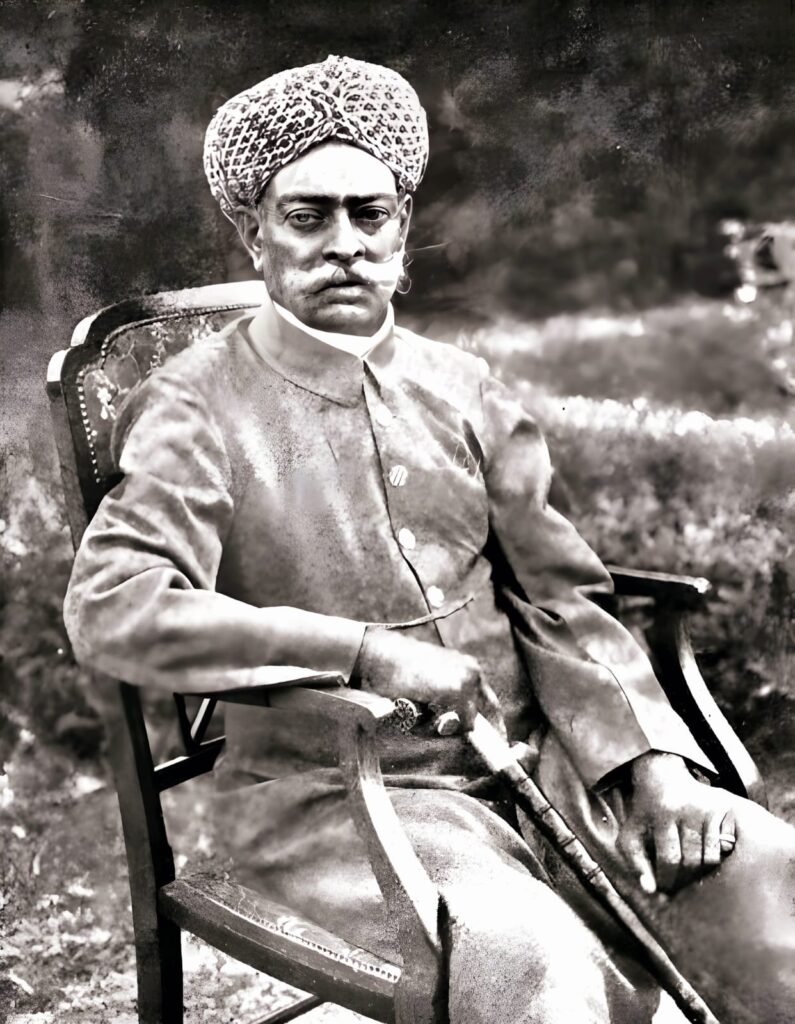
As the sermon ends, a family member on horseback leads the procession, proudly carrying the sacred Alam e Mubarak of Hazrat Abbas through the crowded Baradari. The Alam e Mubarak is followed by all the formalities of the highest rank this family attained during the Asaf Jahi era.
This tearful spectacle honors the brave martyrs of Karbala, reaffirming the unwavering commitment to upholding the values of integrity, courage, and selflessness. As the procession circumambulates the property, towards the end the Alam e Mubarak is lowered, symbolizing Hazrat Abbas’ ultimate sacrifice. With deep reverence, mourners strike their heads, chanting “haye-haye” as if grieving a personal loss. The Alam is then wrapped in a shroud-like cloth, a tribute to the martyred hero.
Finally, in what is known as Hazri chakna, is a generous gesture by the host for nourishment to the grief-stricken mourners.
As custodians, with heartfelt devotion, my maternal uncles and cousins have lovingly preserved their family’s sacred heritage, perpetuating a legacy of warmth and hospitality that spans generations. Their dedication to maintaining the palace complex and its timeless traditions has always inspired my deepest admiration and respect.
